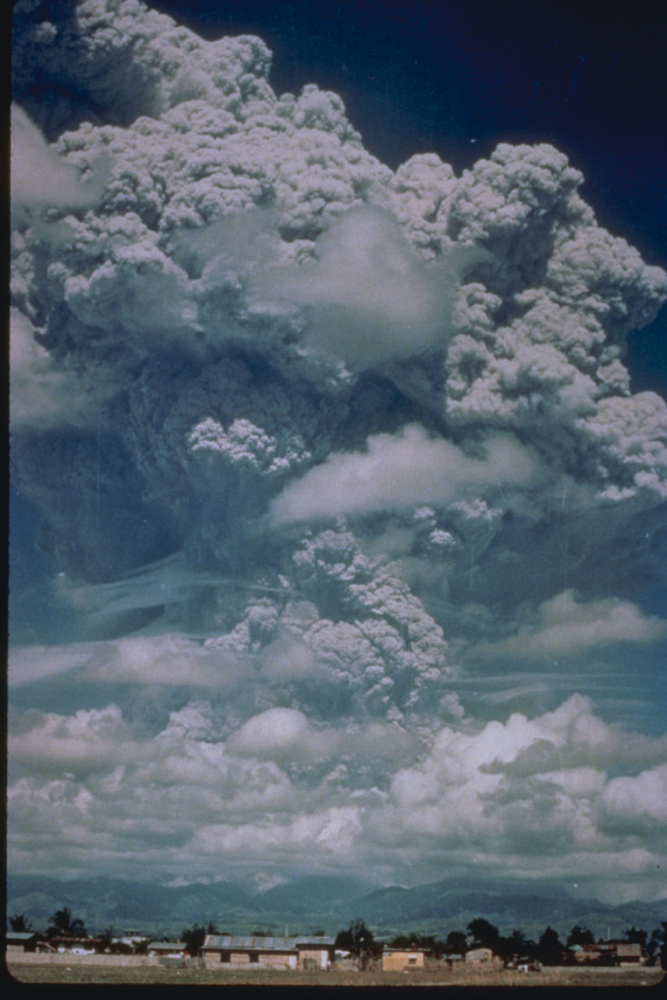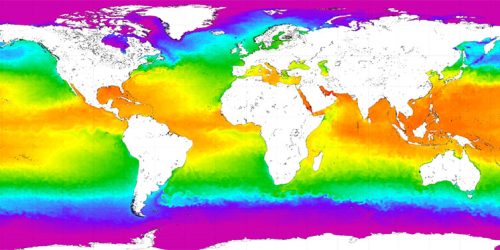

A research team funded by the Climate Program Office’s Climate Observations and Monitoring Program has published a new paper describing how the distribution of a volcanic eruption’s dispersal of sulfate aerosols impacts components of the climate system on regional and global scales. The paper, published online June 20, 2019 in Geophysical Research Letters, is entitled “Climate Impacts From Large Volcanic Eruptions in a High-Resolution Climate Model: The Importance of Forcing Structure.” The researchers found that the hemispheric location of the volcanic eruption influences temperature and precipitation patterns, as well tropical cyclone activity. Wenchang Yang and Gabriel Vecchi at Princeton University, and other investigators at Princeton, Columbia University, and the NOAA Geophysical Fluid Dynamics Laboratory completed the research.
It is well known to climate science that sufficiently powerful volcanic eruptions can result in temporary global cooling, driven by massive injections of sulfate aerosols into the stratosphere. The June 1991 eruption of Mount Pinatubo, in the Philippines, which released up to 30 teragrams of sulfate into the global stratosphere, is one such example.
Yang, Vecchi, and their co-authors make the case that future climate models should include the hemispheric distribution of volcanic sulfate aerosols in order to account for their substantial influence on climate. The team compared the impacts of three volcanic eruptions—Pinatubo, Agung, and Santa Maria. While the Pinatubo eruption was balanced over the Northern and Southern Hemispheres (symmetric), the eruptions of Agung and Santa Maria were more concentrated in their respective hemispheres (asymmetric). Even though Pinatubo injected the most sulfate aerosols, the concentrated, asymmetric, and smaller Agung and Santa Maria eruptions more strongly altered large-scale processes, such as Tropical Cyclone Activity. These findings support the conclusion that “it is crucial to obtain an accurate reconstruction of volcanic aerosol radiative property spatial structure” when exploring how past volcanoes have impacted climate.










